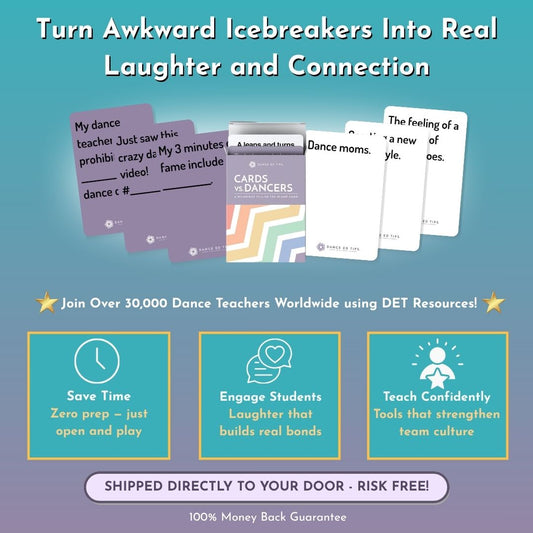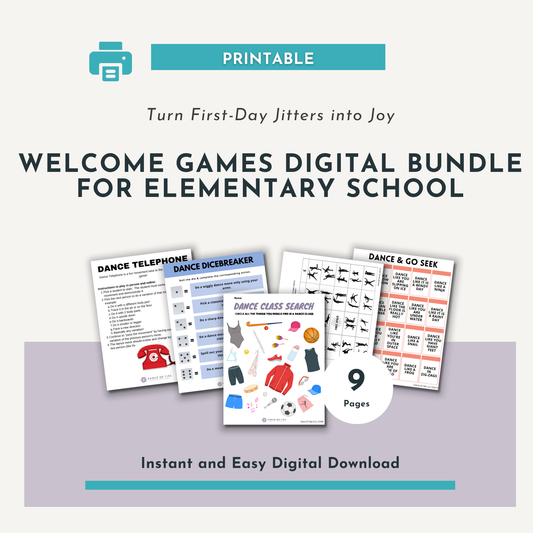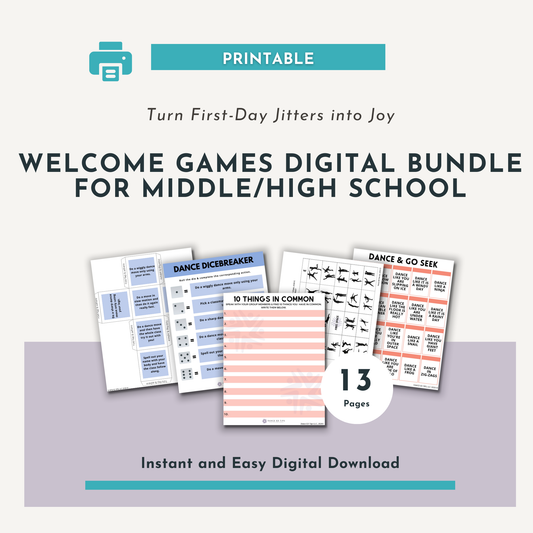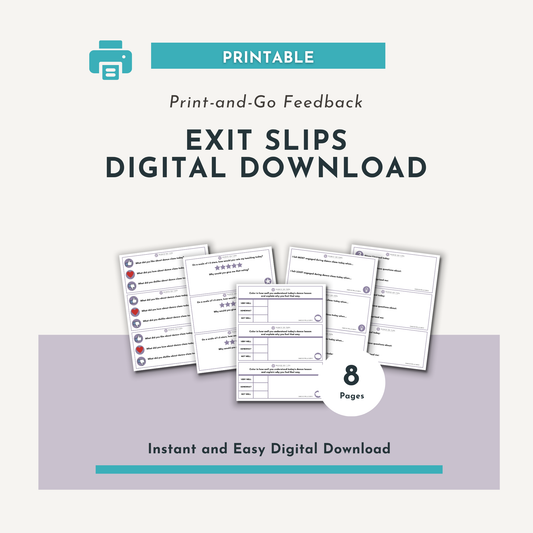By: Tiffany Bellah
In the last few months, the world of dance education has undergone some substantial changes that nobody could have seen coming. As a studio owner or instructor, you’ve likely felt the effects of that firsthand.
In a world that’s plagued by COVID-19 and its resulting social distancing guidelines, dance teachers and students across the globe have turned to virtual dance education to keep their skills sharp and their bodies busy during a difficult time.
Whether this is your first look at pivoting to at-home dance classes or you’re simply looking for ways to refresh a current online program, this guide is here to help. At DanceStudio-Pro, we recognize instructors have the opportunity to host four main types of virtual dance classes:
- Live group classes
- Live solo lessons
- Pre-recorded content
- Virtual dance games
Even though instructors are teaching classes in new ways thanks to dedicated technology, effective student management is more important now than ever before. Ready to learn all about engaging students with at-home dance classes? Let’s get started.

- Live Group Classes
When you stop to think about virtual dance classes, live group classes might be the first thing that comes to mind. That’s because it’s a popular choice for students and teachers alike.
Let’s say you were holding a ballet class for children aged 8-10 before the pandemic hit. To convert that to the virtual space, all you’d need to do is gather the right live-streaming technology and a recording device. Then, you can easily transmit your classes to each student’s home.
Live group classes are popular virtual dance offerings because they:
- Most closely resemble traditional classes. When transitioning your students from in-person classes to virtual offerings, it can be helpful to keep as much steady as possible. For example, you can continue to hold your class on the same night of the week and at the same time with the same students. For more information on seamlessly pivoting your classes and events to the virtual space, take a look at this handy guide.
- Provide opportunities for student interaction. Part of the reason dance classes are so popular — especially among younger students — is that they provide a unique opportunity for socialization with peers while doing something they love. You can keep that aspect in the move to virtual classes by allowing students to see and interact with each other virtually.
It might take some getting used to at first. In the end, your students, parents, and instructors will be glad you made the move to digital and continued offering your classes despite the pandemic’s unprecedented disruption.

- Live Solo Lessons
The next type of dance class you might consider is live solo lessons. Thanks to high-quality and easily-accessible technology like Zoom, instructors are able to provide top-notch solo lessons to individuals who are ready to take the next step.
This is extremely beneficial because it allows the instructor to take a more targeted approach to an individual’s strengths and weaknesses, rather than a generalized group appeal. Solo lessons might be especially useful for:
- Novice dancers: If a student is just starting out, they might worry that they won’t be able to keep up with a class. That’s where taking an individual student through the basics in a one-on-one setting can be a valuable experience.
- Highly-experienced dancers: On the other hand, some students might be more advanced than your typical dancer and might find that a solo lesson can provide more personalized feedback and critiques.
Whether your studio has offered solo lessons in the past or not, it might be a good idea to consider during this time of uncertainty. Feel free to promote this personalized alternative both to your current students as well as prospects and the general public. You never know who might be looking to take up a socially-distanced hobby during quarantine, and dancing might just be their top choice!

- Pre-Recorded Content
Offering pre-recorded content is perhaps the most “high-tech” option for your virtual dance classes, and even then, it’s not too difficult to implement. Luckily, when you equip your dance teachers with the resources and tools they need, this can be a powerful opportunity to expand your studio.
Pre-recorded classes and other on-demand dance resources are valuable because they allow students to:
- Participate on their own schedule. Perhaps your dance students have busy schedules with unpredictable hours. They don’t want to risk missing out on their dance class because something came up last minute! With pre-recorded classes, students can dance whenever it works for them — whether that’s 8:00 a.m. or 8:00 p.m.
- Easily rewatch for difficult lessons. Additionally, pre-recorded dance content allows students to learn at their own pace. If a student catches on to a new routine, that’s great! They can then move on to the next offering. If a student is struggling to keep up, they can easily rewind and rewatch the parts that they need extra practice on.
For those who are new to creating online content, this guide to custom e-learning development from Artisan shares some valuable insights concerning the creation and distribution of virtual content. Thanks to innovative technology and constantly-evolving software solutions, this task is easier than ever!
In fact, Dance Studio-Pro suggests that a dance studio app is the easiest way to share content, track progress, and communicate with students and their families. When your entire virtual classroom is accessible from a central location like a mobile app, your students can be set up and dancing at home in no time.

- Virtual Dance Games
Last but not least, incorporating gamification into your dance studio is a great way to amp up excitement for your virtual classes and lessons. Gamification techniques, such as the use of competition as a motivational tool, can be a great way to further engage your students and hold their attention.
Online dance games allow your instructors and your students to participate virtually at a safe distance, while still participating in a bit of healthy competition. Plus, this a teaching strategy that can be incorporated into any one of your dance classes. For example, you might introduce:
- Virtual dance bingo
- Choreography challenges
- At-home scavenger hunts
Just be sure to adjust the gameplay to match your audience! Younger students might require simpler games, as to not become overwhelmed, while older and more experienced students may be able to venture out into more involved offerings.
Keeping your studio afloat in the midst of a pandemic can be difficult. Luckily, you can simplify the transition for you, your team, and your students by employing the right dance studio software.
Even after the pandemic dissipates and social distancing is no longer required, you might want to consider keeping your virtual offerings available. This way, you can reach new audiences and engage with prospects who may be restricted by location or timing challenges otherwise. Good luck!

Tiffany has been involved in the dance world at many levels – as a dancer, a dance mom, a studio manager, a virtual assistant to studio owners and now as the Customer Service Manager for Dance Studio Pro. She is the mother of 4 and lives in Southern California where she enjoys working remotely to support the users of the World's Best Dance Studio Software.
A decade ago, when her girls wanted to dance competitively she went to the studio owner to offer her skills in administration and knack for setting up and managing apps that would make that Studio Owner's life easier.
After researching all the options she discovered DSP and became an expert user – fast forward to the present, she has been with the company for a year and a half and she is thrilled to be a part of the constant improvements in technology that help us all connect around the art of dance.





